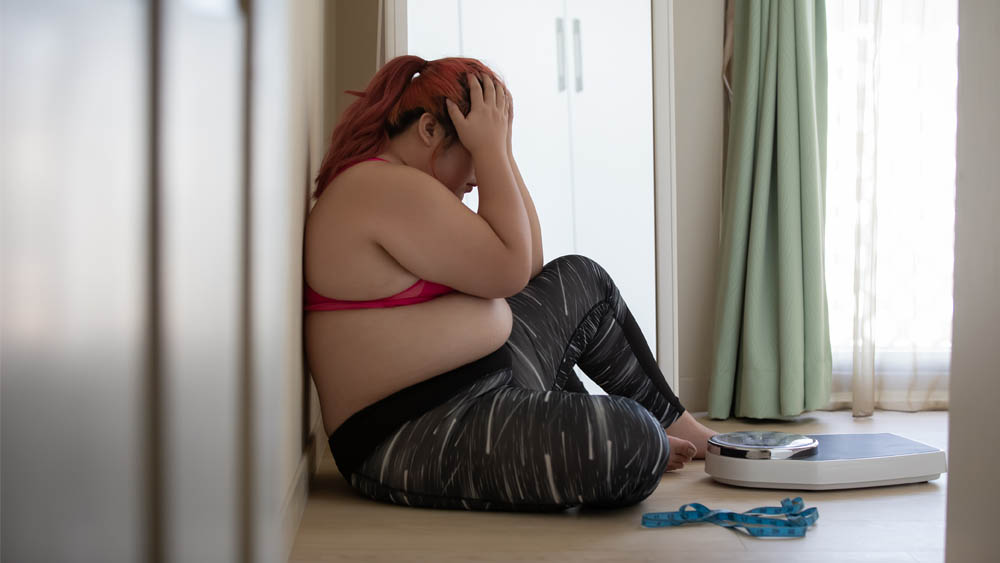How Can I Slow the Likely Progression of My Lipedema?
GET DIAGNOSED
Share on facebook
Facebook
Share on twitter
Twitter
Share on linkedin
LinkedIn
You’ve been officially diagnosed with lipedema. So, what now? While there is no definitive cure for
lipedema, there are effective, proven ways to help slow its progression.
The only way to ultimately stop the advancing stages of lipedema in their tracks is through surgical intervention, such as water-assisted liposuction, manual lipedema extraction, and other innovative fat-extracting techniques targeted to specifically remove painful, accumulated fat buildup. However, if surgery is simply not an option, taking on these helpful tips will help slow the progression of lipedema, while mitigating pain, swelling, and tenderness thereby improving quality of life.
Steps to Slow the Progression of Lipedema
Here are some non-surgical ways to help manage your lipedema’s probable progression:
- Do the RAD (Rare Adipose Disorder) Diet
The RAD diet is a comprehensively modified take on the widely popular Mediterranean Diet that has stormed the health and wellness industry in recent years. The RAD diet specifically focuses on low-glycemic, high-protein, low-carb foods to help reduce inflammation and subsequent swelling in the tissues. The rigorous RAD diet also limits added sugars, most dairy, beef, breads, alcohol, and processed foods.
- Move More
Incorporate a variety of fun, physical activities, such as walking, swimming, hiking, and biking into your daily routine. Taking up an aquatic therapy class is a great way to get a wonderful, low-intensity workout that alleviates pressure on swollen legs.
- Therapeutic Massage
Get rubbed the right way with frequent visits to a professional, certified massage therapist. Light kneading of targeted areas will boost blood flow, while helping to break up fatty pockets.
- Decongestive Massage for Lymphatic System
Perfect for lipedema patients in the earlier stages, this targeted approach aims to drain excess fluid buildup from the legs through deep, manual massage. Please note: this caliber of massage may prove to be too painful for those in the more progressive stages of lipedema.
- Compression Garments
Regularly donning compression garments and/or wrapping affected areas with bandages help prevent fluid and fat from accumulating in the lower extremities.
- Moisturizing Cream
Slathering an all-natural, ceramide-rich moisturizing cream or skin-smoothing, botanical oil over affected areas will prevent the chafing and dryness caused by legs rubbing together and/or from wearing tight compression garments.
If lifestyle changes don’t provide adequate relief it may be time for medical intervention such as:
- Water-assisted Liposuction
A revolutionary form of liposuction that utilizes a water jet to help remove accumulated fat, while ensuring record recovery rates and minimal post-op bruising.
Exclusive to Total Lipedema Care, this highly effective liposuction technique uses the manual extraction of the underlying fat nodules through an incision. The result is smoother skin texture, improved mobility, increased circulation, and immediate alleviation of pain.
Living with Lipedema: What You Need to Know
While the causes of lipedema are still vastly unknown, genetics may or may not be to blame for your abnormal fat buildup. Pregnancy, puberty, and hormonal fluctuations are also believed to trigger the disorder that mainly affects women – roughly 11% – with the early stages of lipedema beginning to show in a woman’s early thirties. Many doctors misdiagnose the disease as weight gain or obesity, but calorie restriction and a dedicated exercise regimen do not facilitate lipedema relief. Column-like legs are one of the tell-tale, physical characteristics of lipedema and most women report they feel as if they are living in two separate bodies, as their upper half is uncharacteristically slim and “normal-sized” compared to the asymmetry of their lower region. When beginning any treatment plan for managing your lipedema, it’s especially important to be realistic about expectations. While there is still no conclusive cure, thanks to emerging medical advancements and growing awareness of the disorder, there is hope and help available to successfully manage your painful lipedema symptoms, so you can regain your quality of life. Lipedema can be managed and doesn’t have to rule your life.
To learn more, please contact our Beverly Hills, California office to schedule a consultation with any of our highly trained specialists.

